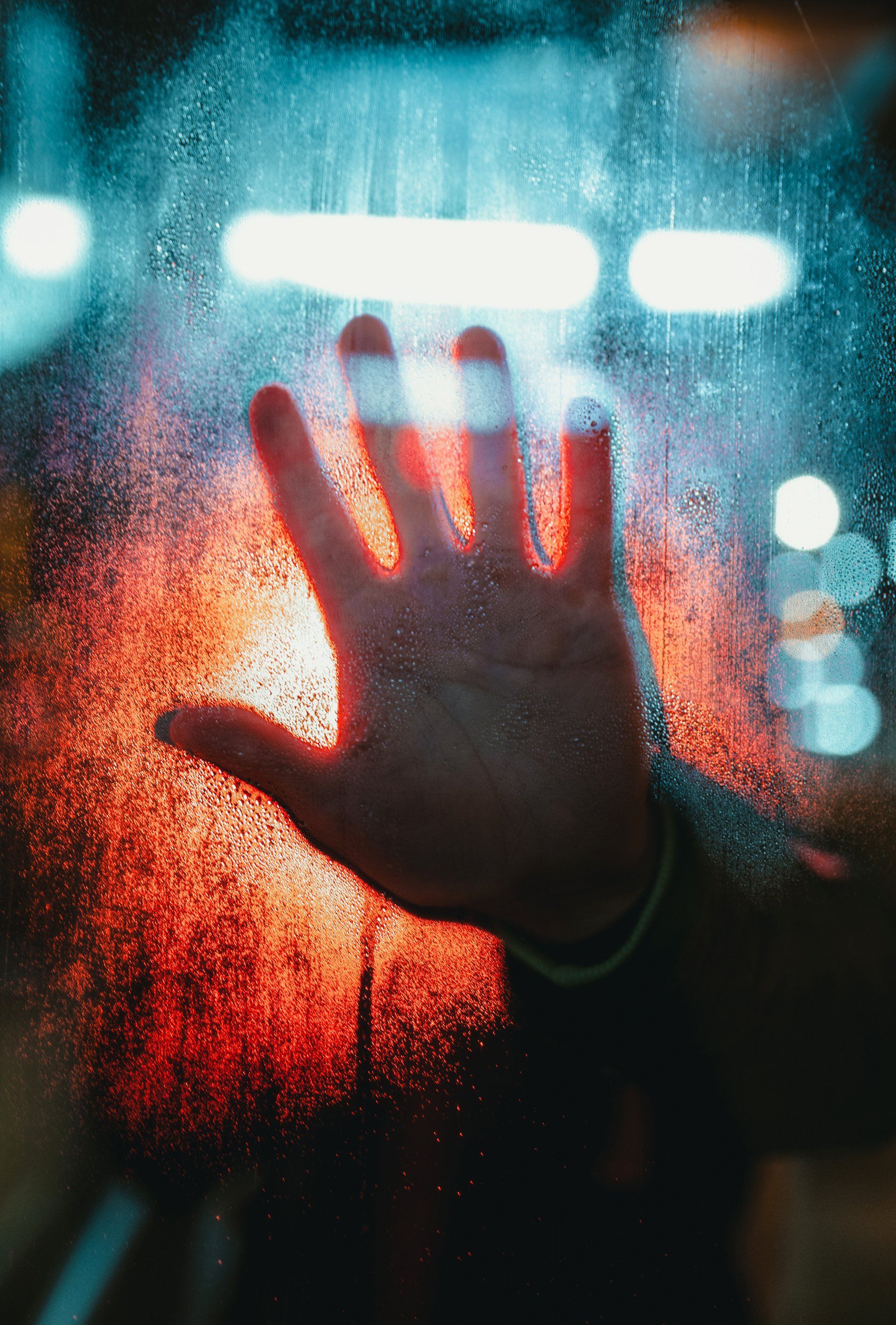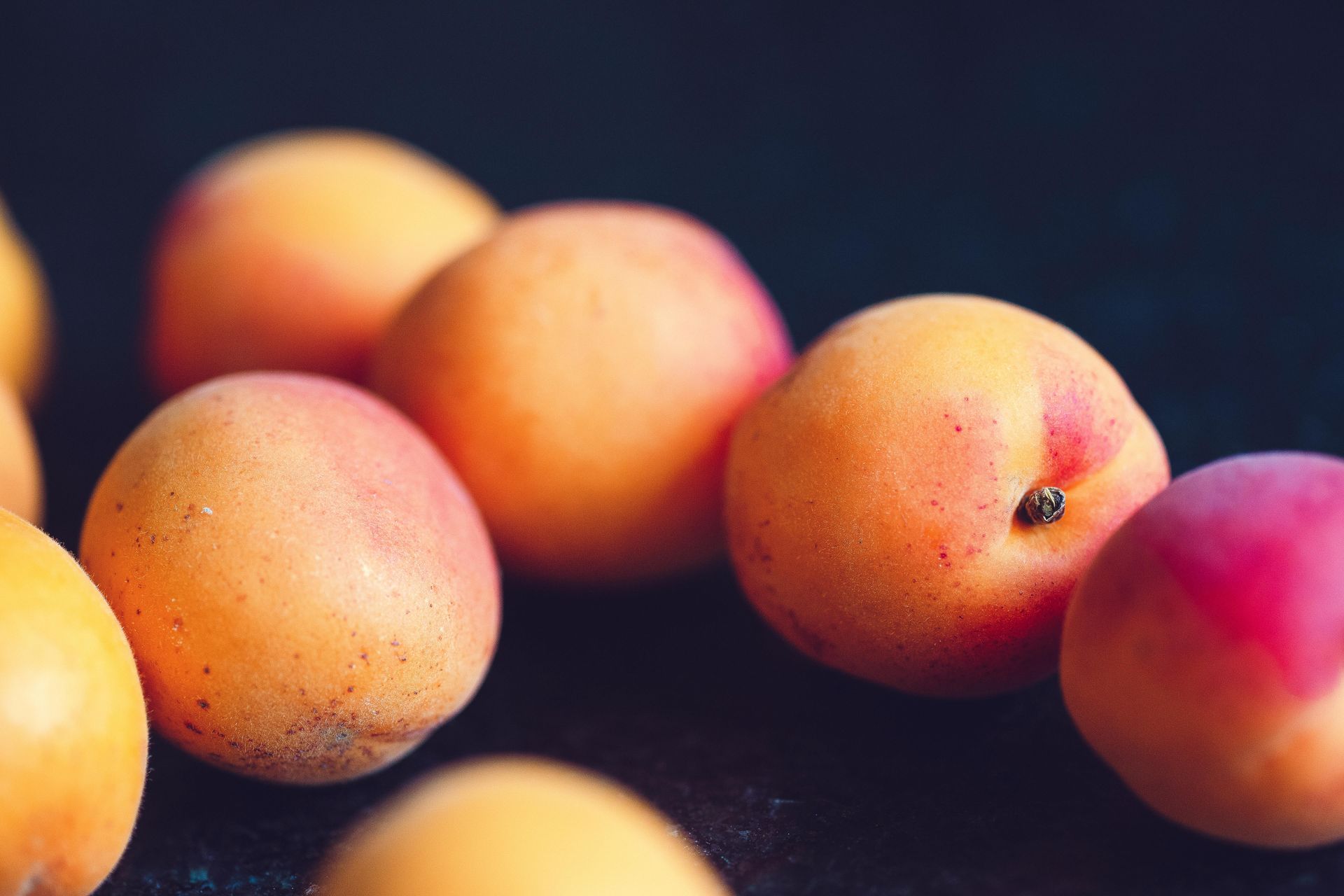February 25, 2025
The UV Spectrum is complex. UV light spans wavelengths from 10 nm to 400 nm, divided into three sub-types based on the wavelength. UVA light, at 315-400 nm, comes with the longest wavelength, the least energetic but the most common at 95% of the UV radiation reaching the earth's surface. UVB light, at 280-315 nm, is the medium wavelength, a higher energy type of light that gives us sunburn. And UVC light, at 100-280 nm, offers the shortest, most energetic and dangerous type of UV radiation. The germicidal properties of UVC were first discovered in the late 1800s, and it has been used for disinfection for over a century, particularly in water treatment. UVC light is what we use in our popular disinfection units, engineered with care and expertise to create perfectly safe, affordable and highly effective ways to render a huge variety of pathogens harmless. Here are the facts about the powerful type of light that saves lives and supports better business, used for decades in healthcare, food, drinking water, HVAC systems, in medical and lab settings and more. UVC light and the ozone layer UVC light emitted by the sun, falling within the UVC Spectrum, is mostly absorbed by the planet's protective atmosphere, particularly the ozone layer. The ozone layer is made up of O3 ozone molecules, which gather in the stratosphere 10 to 30 miles above the surface of the earth. Ozone absorbs almost all of the UVC radiation, converting the high-energy radiation into heat in a process called photodissociation, splitting the ozone molecule into one oxygen atom and an oxygen molecule. This ozone-oxygen cycle continually creates and destroys ozone in the stratosphere, keeping things in perfect balance and protecting life on the planet. We've engineered UVC light for safety In its raw state UVC light is dangerous to the skin and eyes, causing everything from sunburn and premature ageing to skin cancer. When engineered into a safe solution its germicidal properties make UVC light a powerful tool for disinfection, destroying the molecular bonds between the DNA and RNA in bacteria, viruses, fungi and other threats so they can't reproduce. It's particularly good at breaking the thymine bases in DNA, causing mutations that prevent the pathogen from spreading and making people ill. How old-school mercury UVC lamps have been replaced with LEDs So UVC is one of the most effective ways to disinfect surfaces, air, and water, killing everything from E. coli to flu and covid. But the tech has come a long way in recent years, making it a much safer option. Old-school Mercury Vapor Lamps emitted the light at a wavelength in the 254 nm range, but everyone knows mercury is horribly poisonous, well worth avoiding when there's a safer, more environmentally responsible alternative. Then there are old-style Low-Pressure Mercury Lamps, used in germicidal settings but still involving mercury. The newer kids on the block, like ours, harness LED UVC for a more energy-efficient, durable and smaller-sized alternative. Built in safety features you can trust Our UVC devices are designed to be safe, emitting radiation in controlled environments or with built-in shields to keep people, plants and animals safe from harmful exposure. They're also a lot more environmentally friendly. Old mercury-based UVC lamps need to be disposed of very carefully indeed to avoid contaminating the environment. It's also good to know that artificial UVC light doesn't affect the ozone layer like CFCs and other pollutants, not adding anything to the ozone depletion problem. Practical, compact easy-to-fit and portable units Low Pressure UVC Lamps are used in many sterilization settings, for example air purifiers, HVAC systems and water purifying. High Pressure UVC Lamps giving off a more intense light are best for larger scale disinfection, for example treating sewage. UVC LED lamps and units like ours are compact enough to be portable thanks to their a compact design and energy efficiency. Some of our units are designed to be fitted into existing light fixtures, small and neat as well as long-lasting, pieces of kit with all the right safety measures built in. Some are so safe you can leave them on all the time. UVC units that can always be left on Here's an example. Our CT-X2 UVC LED Ceiling Air Circulating Purification Lamp is safe to have on all the time. It disinfects both the upper air in a room and the air from below, which is sent through a fan to increase the air circulation to protect people in the area. This model is perfect for continuous disinfection when people are present, places like offices, schools, sports centres, shops and healthcare settings. In effect these units deliver beautifully clean air as standard, integrating it into your premises. Choose from a handy industry standard 600mm or 300mm square ceiling tile unit. The X1 uses convection to provide continuous air disinfection, the X2's mechanical extraction design gives you silent air circulation and the X3 integrates both for surface and air sterilisation, great for your loos, changing rooms, lifts and other small spaces where people don't tend to spend a lot of time. That's just one of a variety of units designed for specific circumstances. Take a look at our other products, see how they could benefit your business, from mobile units you can wheel around to units specifically designed for vehicles. What's next for UVC? There's research going on around the world to find more applications for UVC light, including potentially using it in farming to handle plant pathogens and in food preservation to extend the shelf life of perishable foods.










